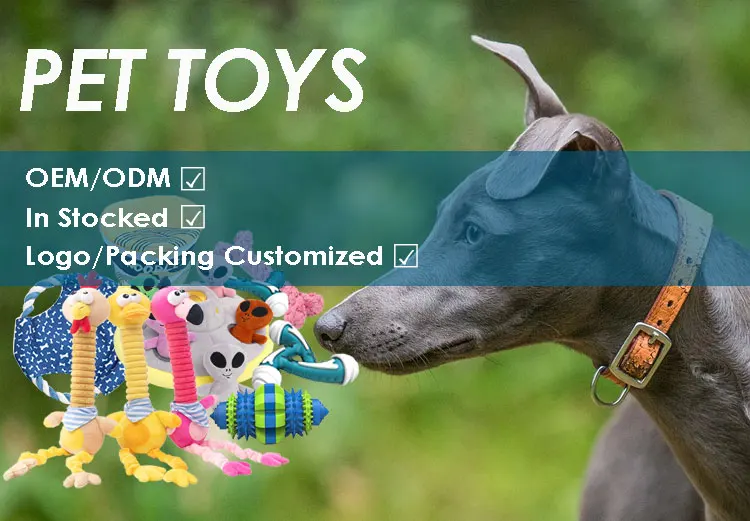The Ultimate Guide to Caring for Exotic Pet Frogs: Tips, Species, and Habitat Setup
#### What Are Exotic Pet Frogs?Exotic pet frogs are unique and colorful amphibians that have gained popularity among pet enthusiasts. These frogs come from……
#### What Are Exotic Pet Frogs?
Exotic pet frogs are unique and colorful amphibians that have gained popularity among pet enthusiasts. These frogs come from various regions around the world and boast a wide range of sizes, colors, and behaviors. Some popular species include the African Clawed Frog, the Red-Eyed Tree Frog, and the Pacman Frog. Each species has its own specific care requirements, making it essential for potential owners to research and understand the needs of their chosen frog.
#### Why Choose Exotic Pet Frogs as Pets?
Choosing exotic pet frogs can be an exciting and rewarding experience. Unlike traditional pets like cats and dogs, frogs offer a different kind of companionship that is both fascinating and educational. They are relatively low-maintenance compared to other pets, and their unique behaviors can provide endless entertainment. Additionally, many species of frogs are visually stunning, making them a beautiful addition to any home.
#### Setting Up the Perfect Habitat for Your Exotic Pet Frogs
Creating a suitable habitat is crucial for the health and well-being of exotic pet frogs. Here are some key considerations for setting up their environment:

1. **Tank Size**: The size of the tank will depend on the species of frog you choose. Generally, a 20-gallon aquarium is a good starting point for smaller species, while larger species may require more space.
2. **Substrate**: The substrate should mimic the natural habitat of the frog. For example, a mixture of coconut fiber and moss works well for tropical species, while sand may be suitable for desert-dwelling frogs.
3. **Humidity and Temperature**: Most exotic pet frogs thrive in humid environments. It's essential to maintain humidity levels between 50-70% and provide a temperature gradient within the tank. A heat lamp or under-tank heater can help achieve the desired temperature.
4. **Decor and Hiding Spots**: Frogs need places to hide and feel secure. Incorporate rocks, logs, and plants into the tank. Live plants not only enhance the aesthetics but also help maintain humidity levels.

5. **Water Source**: Frogs require clean, dechlorinated water for drinking and soaking. A shallow water dish or a small water feature can be added to the tank, but ensure that it's not too deep for smaller species.
#### Feeding Your Exotic Pet Frogs
Diet is an essential aspect of caring for exotic pet frogs. Most frogs are insectivores, meaning they primarily eat insects. Common food options include crickets, mealworms, and fruit flies. It's important to provide a varied diet to ensure your frog receives all the necessary nutrients. Additionally, dusting the food with calcium and vitamin supplements can help prevent deficiencies.
#### Handling and Interaction

While exotic pet frogs can be fascinating to observe, they are not typically pets that enjoy handling. Frogs have sensitive skin that can absorb harmful substances, so it's best to limit direct contact. Instead, focus on creating a stimulating environment for them to thrive in. Observing their behavior can be just as rewarding as handling them.
#### Conclusion
Exotic pet frogs can make unique and captivating pets for those willing to invest the time and effort into their care. By understanding their habitat requirements, diet, and behavioral needs, you can create a thriving environment that allows your frogs to flourish. Whether you're a seasoned pet owner or a beginner, the world of exotic pet frogs offers endless opportunities for exploration and enjoyment.